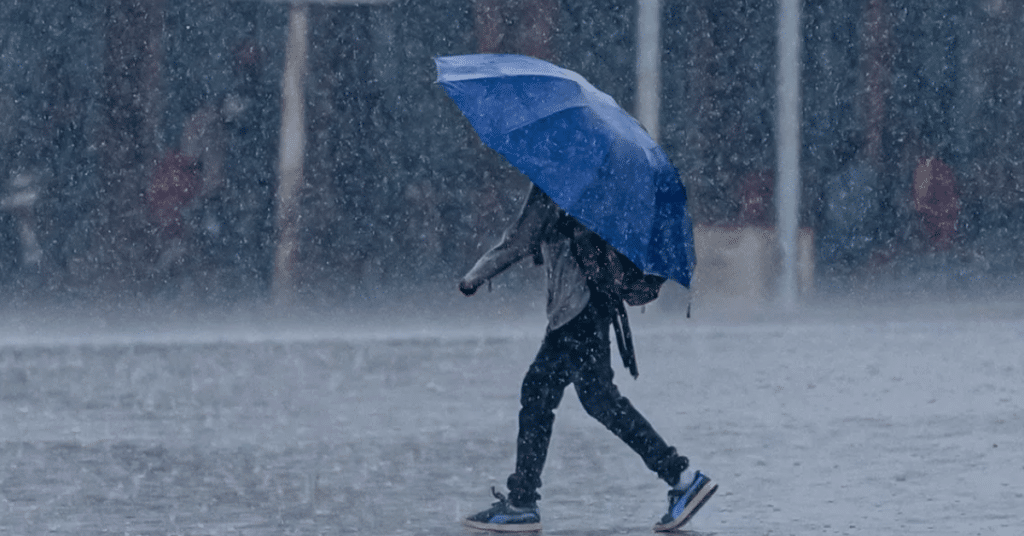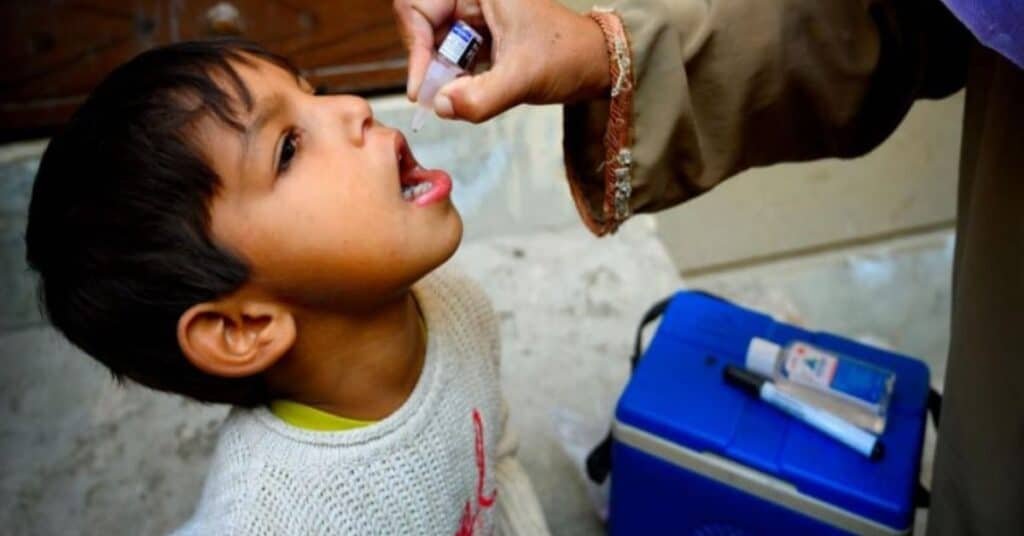PARIS (Kashmir English): Only seven countries met World Health Organization (WHO) air quality standards in 2024 with Chad and Bangladesh the world’s most polluted countries across the globe, data released on Tuesday showed.
In 2024, the average smog levels remained more than 15 times higher than WHO guidelines, according to figures compiled by Swiss air quality monitoring firm IQAir.
According to IQAir, only Barbados, Grenada, Australia, New Zealand, the Bahamas, Estonia and Iceland made the grade IQAir.
Air quality sensors on US embassy buildings
Significant data gaps, especially in Africa and Asia, cloud the global picture. Interestingly, many developing countries relied on air quality sensors mounted on US embassy and consulate buildings to track their smog levels, according to the report.
“Most countries have a few other data sources, but it’s going to impact Africa significantly, because oftentimes these are the only sources of publicly available real-time air quality monitoring data,” said Christi Chester-Schroeder, IQAir’s air quality science manager.
Data concerns meant Chad was excluded from IQAir’s 2023 list, but it was also ranked the most polluted country in 2022, plagued by Sahara dust as well as uncontrolled crop burning.
Average concentrations of small, hazardous airborne particles known as PM2.5 hit 91.8 micrograms per cubic metre (mg/cu m) in 2024 in the country, slightly higher than 2022.
The WHO recommends levels of no more than 5 mg/cu m, a standard met by only 17% of cities last year.
India remained fifth in the smog rankings behind Chad, Bangladesh, Pakistan and the Democratic Republic of Congo.
But it accounted for 12 of the top 20 most polluted cities, with Byrnihat, in a heavily industrialised part of the country’s northeast, in first place, registering an average PM2.5 level of 128 mg/cu m.




